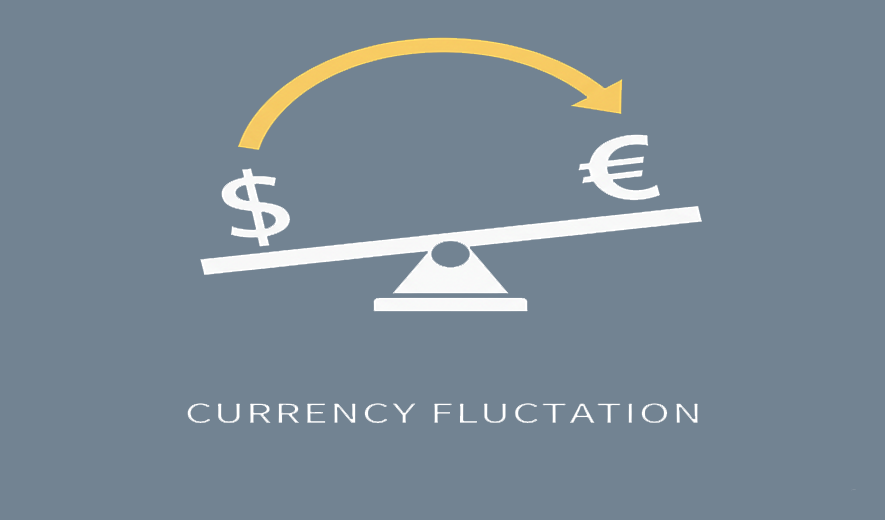
Effect of Currency Fluctuation on Pricing International Clients
Currency fluctuations can significantly impact the pricing for international clients by affecting profit margins, competitive positioning, and customer relationships. When a company's home currency strengthens, its goods or services become more expensive for foreign buyers, which can reduce sales volume. Conversely, when the home currency weakens, products become cheaper for international clients, potentially boosting demand but eroding profits if not managed correctly.
Impact on profit margins
- Strengthening home currency: If you sell to international clients in a foreign currency, a rise in your home currency means that when you convert the foreign currency back, you receive less of your domestic currency. This can lead to a decrease in your profit margin for that sale.
- Weakening home currency: If you sell to international clients in your home currency, the weakening of your currency makes your product cheaper for foreign buyers, which can boost sales. However, if your business also has expenses in foreign currencies (e.g., supplies from abroad), these costs will increase, which can also reduce your profit margins.
Impact on competitive positioning
- Pricing out the market: If your home currency strengthens significantly, your prices may become uncompetitive in international markets, as your product suddenly becomes more expensive for foreign buyers. This can lead to a loss of market share to local competitors.
- Competitive advantage: A weakening home currency can make your products more attractive and affordable to international customers, giving you a competitive edge.
Impact on customer relationships
- Price volatility and loyalty: Frequent or abrupt changes to pricing due to currency fluctuations can damage customer trust and loyalty. Customers appreciate stable and predictable pricing, and volatility can push them toward more reliable suppliers.
- Loss of perceived value: Constantly adjusting prices may lead customers to question the value of your product or service. This can hurt the perception of your brand's stability and reliability.
Strategies to manage currency risk in pricing
- Invoice in your home currency: Shifting the currency risk to the client can protect your profit margins. However, this may be less attractive to customers, especially if your currency is unstable.
- Use forward contracts: These financial tools allow you to lock in an exchange rate for a future transaction. This provides predictability and protects against adverse currency movements for a specific period.
- Include contract clauses: For longer-term contracts, adding a "currency fluctuation clause" allows you to adjust prices if exchange rates move beyond a specific threshold.
- Diversify markets: By expanding your client base into multiple countries, you can offset losses in one market with stability or gains in another, reducing your reliance on a single currency.
- Diversify currency exposure: Actively seek to balance your revenues and expenses in the same currency through a strategy known as "natural hedging".
- Implement dynamic pricing: For industries like e-commerce, using AI and pricing automation can enable real-time adjustments that respond to currency movements while maintaining competitive pricing.
- Focus on value, not just price: In your sales and marketing, emphasize your product's or service's unique value and quality to make it less susceptible to price-based competition resulting from currency changes.
